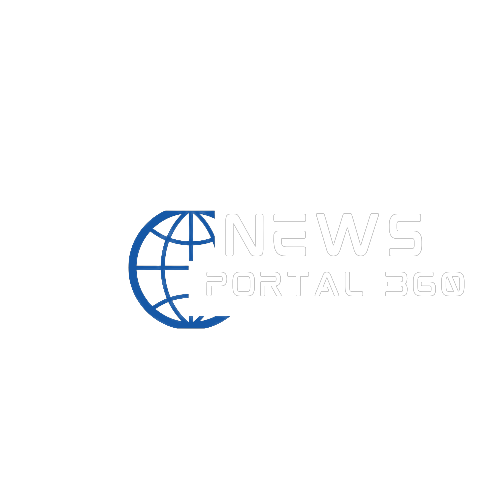NASA launched the tandem spacecraft Voyager 1 and Voyager 2 from Cape Canaveral, Florida, in separate months during the summer of 1977. As originally conceived, the Voyagers were to conduct in-depth investigations of Jupiter and Saturn, Saturn’s rings, and the two planets’ larger moons.
To accomplish their mission of visiting two planets, the spacecraft were designed to last five years. The additional flybys of the two outermost giant planets, Uranus and Neptune, became possible and irresistible to mission scientists and engineers at the Voyagers’ home at the Jet Propulsion Laboratory in Pasadena, California, as the mission progressed and its objectives were successfully met.
As the spacecraft traversed the solar system, remote-control reprogramming was utilized to enhance the Voyagers’ capabilities beyond what they possessed when they departed Earth. Their mission to two planets expanded to four. Their five-year lifespans extended to at least 12 years.
Eventually, Voyager 1 and 2 would investigate all of the giant outer planets of our solar system, 48 of their moons, and the planets’ unique ring systems and magnetic fields.
A software update is being installed on Voyager 2 in an effort to keep the spacecraft operational for as long as possible. It took NASA engineers months to determine why Voyager 1’s attitude articulation and control system (AACS) began sending arbitrary data back to Earth last year. It turns out that the AACS entered an incorrect mode, but the reason for the mode switch is unclear. This software upgrade is intended to prevent Voyager 2 and Voyager 1 from experiencing the same issue.
The Voyager project manager, Suzanne Dodd, explains that “this patch is like an insurance policy that will safeguard us in the future and allow us to keep these probes operational for as long as possible… Since these are the only spacecraft ever to operate in interstellar space, the information they send back is invaluable to our understanding of the local universe.
As Voyager 2 is more than 12 billion miles distant, it took more than 18 hours to transmit the software update to the probe on Friday. There is a chance that the repair could overwrite essential code or have unintended effects, so a readout of AACS memory is being performed to ensure that it is in the correct location. If no anomalies are detected, the update will occur on October 28.
Voyager 1 also requires repair, but because it is farther from Earth (over 15 billion miles), the information it transmits back is more valuable. In light of this, NASA decided to utilize Voyager 2 as “a testbed for its twin.”
NASA lost contact with the Voyager 2 probe earlier this year because a series of intended commands “inadvertently caused the antenna to point 2 degrees away from Earth.” Using an “interstellar shout,” communication was reestablished, allowing the mission to continue.




